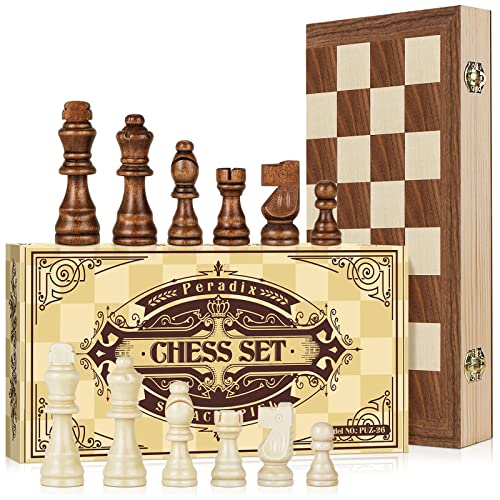The Staunton Chess Set: A Brief History
The game of chess dates back to 6th century India and over the centuries, it has evolved to become one of the most popular board games in the world. However, it wasn’t until the 19th century that the modern design of the chess pieces we know today, came into existence. The Staunton chess set is arguably the most iconic and recognizable chess set design, but what is the history behind it?
The Brainchild of Nathaniel Cook and Howard Staunton
The Staunton chess set was designed by Englishman Nathaniel Cook and named after the chess player Howard Staunton, who was one of the leading chess players of his time. In 1849, Cook approached Staunton with the idea of creating a standardized set of chess pieces that would be easily recognized and used in official tournaments.
Design and Popularity
The design of the Staunton chess set was simple and elegant, with each piece carefully crafted for functionality and ease of use. The design quickly gained popularity and by the late 19th century, it had become the standard for chess tournaments all over the world. Today, nearly all chess sets sold and used in official tournaments are based on the Staunton design.
The Influence of the Industrial Revolution
The Industrial Revolution played a significant role in the success of the Staunton chess set. The widespread use of mass production techniques such as casting allowed for the set to be produced quickly and cheaply, making it accessible to a wider audience. This also helped to standardize the design, ensuring that all sets produced were identical in terms of size and shape.
The Legacy of the Staunton Chess Set
The Staunton chess set has withstood the test of time and remains the most popular and recognizable chess set design in the world today. Its simplicity and elegance have made it a timeless classic, loved by chess enthusiasts and casual players alike. The design has also been incorporated into popular culture, appearing in films, television shows, and even as a decorative element in home décor.






